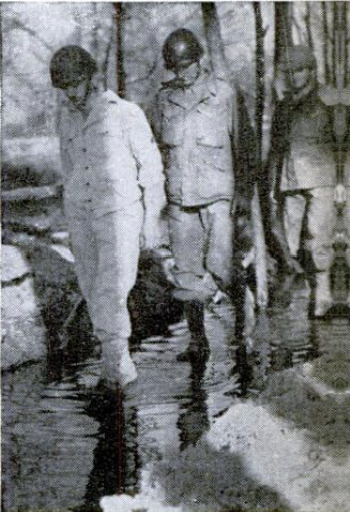-
Title (Dublin Core)
-
American fighting apparel tested on a proving ground which simulates battle fronts
-
Article Title and/or Image Caption (Dublin Core)
-
Title: Can GI Take It ?
-
Subtitle: Brand new Army clothing is worn to tatters in a proving ground where muddy fields, barbed wire, and brambles show up the physical fitness of our combat dress
-
extracted text (Extract Text)
-
OUR Army travels on its stomach—also
on its sides, back, elbows, knees, and
feet. When a U.S. doughboy goes after the
enemy, he goes after him in any posture
that suits his purpose. If crawling’s the
thing, he crawls; if he must do “land back-
strokes” to get under barbed-wire entangle-
ments, he backstrokes; if it takes hiking to
reach an objective, he hikes. In all, it's a
supreme test for combat togs, which, from
skin out, must be superlative to satisfy the
needs of the world’s hardest-hitting soldier.
Shooting for that quality in American
fighting apparel, the Quartermaster Board,
Camp Lee, Va., has hit on one of the most
curious and effective enterprises of World
War IL It turns new battle dress to rags
before your eyes on a testing course that has
all the elements of wear and tear found on
our far-flung battle fronts. Board techni-
cians spot fabric and factory failures as they
occur, and tabulate them to give a step-by-
step record of a garment’s deterioration.
Frays, tears, tear-frays, holes, snags, and
split seams—all go into the chart. Out of it
come improvements in style, material, and
workmanship that give our fighters clothing
built to withstand the rigors of battle.
With permission of the War Department,
a writer and photographer of POPULAR SCI-
ENCE MONTHLY recently visited Camp Lee's
unique proving ground. It has been laid out
by officers who have seen for themselves
what our soldiers are up against in Europe
and the Southwest Pacific. It sprawls be-
neath tall Virginia pines, in a weird obstacle-
sprouting pattern of mud and muck, barbed
wire, trenches, walls, revetments, wrecked
‘buildings, and tank traps. Zigzagging around
it and through it is a shoe-test track con-
taining every kind of terrain that ever
gnawed at GI shoes,
The scene is bustling with activity. It's
alive with men in khaki and olive drab who
carry on this odd war assignment. You see
them, sometimes shoulder to shoulder, some=
times in single file, rushing barriers, scaling
walls, bellying forward over chipped gran
ite, slithering through culverts, climbing slip-
pery revetment, sliding into concrete tank
traps. Some of them leap onto the course in
spanking-new raiment. But soon it loses
luster in the helter-skelter happenings that
induce wear at a rate 10 times normal.
Even as you watch, crotches split, elbows
burst through, buttons pop off, jagged tears
appear, small frayed spots on knees become
large ragged holes. Then you hear the
tramp, tramp, tramp of soldiers marching
over the sand, slag, gravel, and corduroy
sections of the shoe-test course. You see feet
kicking the life out of GI footgear. Some of
the shoes were new only a few hours ago.
Now they're mud-splattered, scuffed, and
worn.
Within the shoes, socks also are subjected
to the hard knocks of the course. And un-
derneath uniforms, GI underwear of all
weaves and shades gets a
thorough testing. Some uni-
forms are soaked in synthet-
ic perspiration (ammonium
carbonate and water) to
simulate conditions encoun-
tered in tropical battle
grounds. But wearers of
these take the olfactory
abuse in stride.
With each detachment of
soldiers is a “noncom” looking on intently.
He jots down all major failures in clothing, |
noting the time of each, and the type of ob- |
stacle that caused it. His notations go back |
to the testing branch to be included in
charts kept on every article of apparel un-
dergoing observation. Then experts of the |
Quartermaster Board compile information
thus obtained, and recommend changes that
invariably improve combat gear.
Out of these recommendations has emerged |
the new and durable field dress of our over- |
seas troops. Fabric is stronger, workman-
ship better, and style more in keeping with
the exigencies of fighting men. And there
has arrived that great boon to the doughboy
—combat boots that put a timely end to his |
cumbersome leggings, fit his feet like soft
gloves, and possess ruggedness sufficient to
kick the daylights out of a reeling Axis.
-
Contributor (Dublin Core)
-
Jack O'Brine (article writer)
-
William W. Morris (photographer)
-
Language (Dublin Core)
-
eng
-
Date Issued (Dublin Core)
-
1944-04
-
pages (Bibliographic Ontology)
-
113-117
-
Rights (Dublin Core)
-
Public Domain (Google digitized)
-
Archived by (Dublin Core)
-
Lorenzo Chinellato
-
Marco Bortolami (editor)
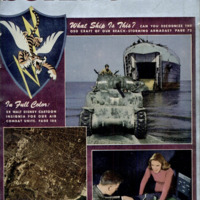 Popular Science Monthly, v. 144, n. 4, 1944
Popular Science Monthly, v. 144, n. 4, 1944
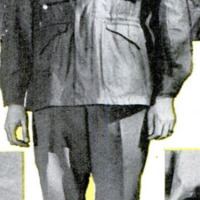 Immagine 2022-04-29 145311.png
Immagine 2022-04-29 145311.png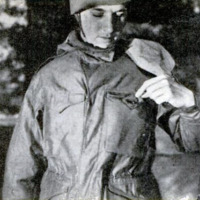 Immagine 2022-04-29 145320.png
Immagine 2022-04-29 145320.png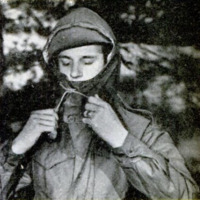 Immagine 2022-04-29 145337.png
Immagine 2022-04-29 145337.png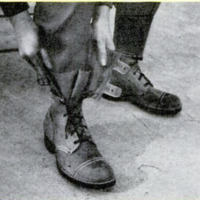 Immagine 2022-04-29 145347.png
Immagine 2022-04-29 145347.png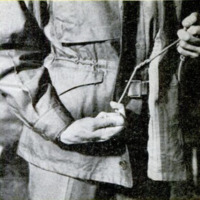 Immagine 2022-04-29 145355.png
Immagine 2022-04-29 145355.png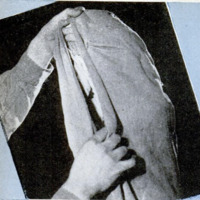 Immagine 2022-04-29 145412.png
Immagine 2022-04-29 145412.png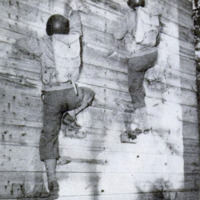 Immagine 2022-04-29 145423.png
Immagine 2022-04-29 145423.png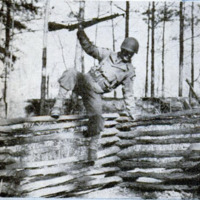 Immagine 2022-04-29 145436.png
Immagine 2022-04-29 145436.png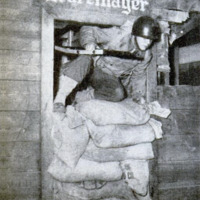 Immagine 2022-04-29 145455.png
Immagine 2022-04-29 145455.png Immagine 2022-04-29 145506.png
Immagine 2022-04-29 145506.png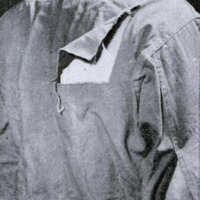 Immagine 2022-04-29 145526.png
Immagine 2022-04-29 145526.png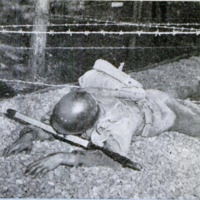 Immagine 2022-04-29 145539.png
Immagine 2022-04-29 145539.png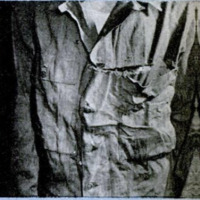 Immagine 2022-04-29 145551.png
Immagine 2022-04-29 145551.png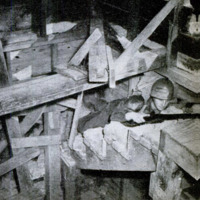 Immagine 2022-04-29 145606.png
Immagine 2022-04-29 145606.png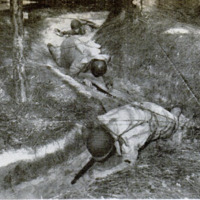 Immagine 2022-04-29 145627.png
Immagine 2022-04-29 145627.png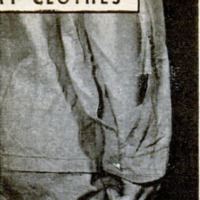 Immagine 2022-04-29 145639.png
Immagine 2022-04-29 145639.png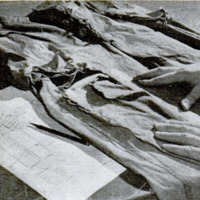 Immagine 2022-04-29 145649.png
Immagine 2022-04-29 145649.png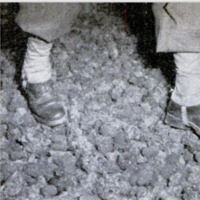 Immagine 2022-04-29 145709.png
Immagine 2022-04-29 145709.png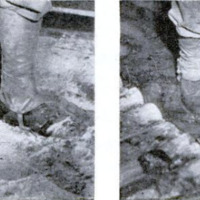 Immagine 2022-04-29 145722.png
Immagine 2022-04-29 145722.png Immagine 2022-04-29 145733.png
Immagine 2022-04-29 145733.png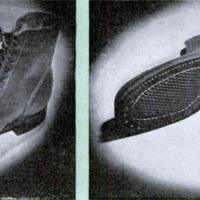 Immagine 2022-04-29 145747.png
Immagine 2022-04-29 145747.png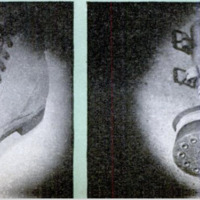 Immagine 2022-04-29 145801.png
Immagine 2022-04-29 145801.png



















